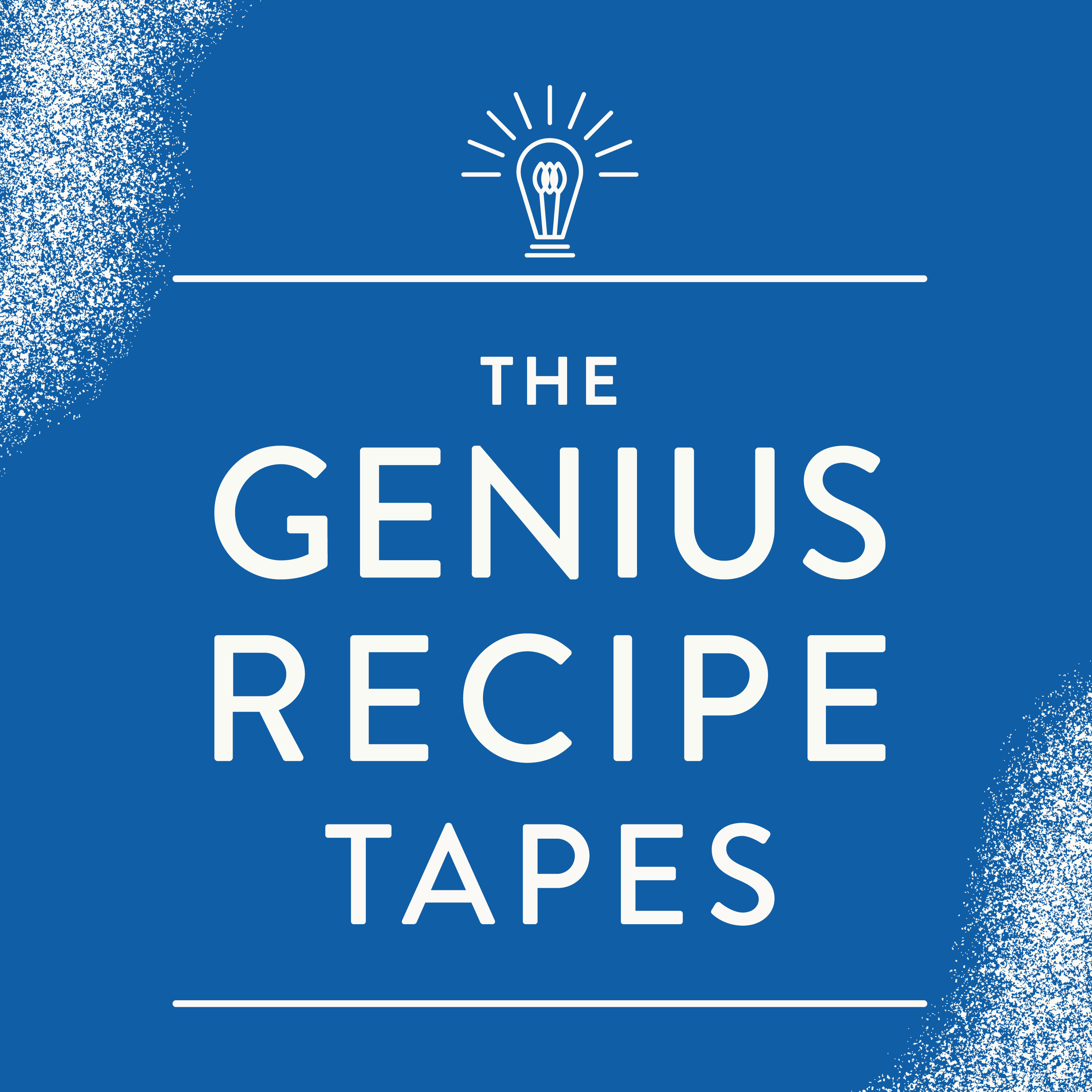Tips & Techniques
This Genius Dulce de Leche Recipe Lets You Be the Boss (+ No Exploding Cans!)

From our new podcast network, The Genius Recipe Tapes is lifelong Genius hunter Kristen Miglore’s 10-year-strong column in audio form, featuring all the uncut gems from the weekly column and video series. Subscribe on Apple Podcasts, Spotify, or wherever you get your podcasts so you don’t miss out.
Listen & SubscribePopular on Food52
14 Comments
mj.landry
December 10, 2016
I have been cooking this for 2 hours now in a covered pie plate in a water bath in my oven which is a calibrated Wolf Range. So far nothing. I usually do the can sweetened condensed milk in water for 3 hours and that always works. I'm assuming that this will indeed turn into Dulce de Leche but so far for me the 1 hour at 425 is not working at all.
SUSAN M.
September 19, 2016
My mother made dulce de leche every week or so for 30+ years.
She opened a can of condensed milk, put it in a pan of water over low heat
until it was the color she wanted it to be. She checked the level of water every
now & then & added more if necessary. What I like about David's method is you
would not have to check the water level. Either way, love the results!
She opened a can of condensed milk, put it in a pan of water over low heat
until it was the color she wanted it to be. She checked the level of water every
now & then & added more if necessary. What I like about David's method is you
would not have to check the water level. Either way, love the results!
Lin
September 18, 2016
Nicole, do you use SCM in the canning jars in your crockpot? I would love to know how to make the caramel from just milk without the added sugar as I need to limit my sugar intake.
Kenn
September 18, 2016
The first time I ever made dulce de leche I used this technique. That was at least a decade ago, and I found the recipe (albeit sans salt) printed right there on the can of sweetened condensed milk. Genius indeed.
Lawyerjen
September 18, 2016
I made some dulce de leche this way earlier this week, and it was excellent. I added some fleur de sel and vanilla bean paste at the end. Yum!
Cristina
September 18, 2016
Adding a taste of alcohol to dulce de leche (aka cajeta) has always been one of the two ways commercial cajeta is made in Mexico: quemada ('burned'--the plain kind) or envinada (with white wine). Both are available in any store here that sells groceries, from the smallest mom-n-pop on the corner to the biggest of the big box stores.
Connie
September 18, 2016
I do make traditional Cajeta and Dulce de Leche from fresh milk but never use any added sweetener or packaged ingredients. The long slow cooking and constant stirring for the real stuff brings out the natural milk sugars - no canned milk needed. I don't understand why you would start with SCM and cook it some more.
Liliana B.
September 18, 2016
Connie- this makes so much sense to me, making it from fresh milk, organic for sure. Does it just take longer than we SCM is used? Thanks!
Robin M.
September 18, 2016
can you share your technique please? I have seen recipes but would love to hear your method. Thanks
Connie
September 18, 2016
I don't know how long it lasts - we've always eaten it before it got too old, lol. I just make it the old fashioned way and simmer milk, stirring constantly so it doesn't stick to the bottom, until it completely boils down into thick caramely goodness. It takes a bit of nerve to let it cook down so much. Last time I made it I added cardamom pods as I was cooking it down. I always use raw milk but I suppose that it would work fine with pasteurized and homogenized milk.
Giles F.
September 15, 2016
I can't believe David didn't suggest using it to make the brownies in his 'The Sweet Life in Paris' as they are awesome!!!
Fresh T.
September 14, 2016
This idea came from Flo Braker - also a San Franciscan in Baking For All Occasions. I think David counts her as an influencer as well. I've made this many times and loved it.
Nicole
September 14, 2016
Love the idea of roasting it, I'll have to give that a try! I've done mine in sterilized canning jars, in my crockpot. It cooks and seals at the same time so they make great gifts! I just watch the color and take them out when they look the right shade of caramel for me.




Join The Conversation